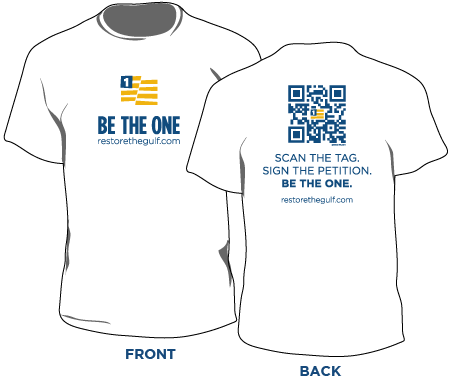In the lead-up to World of Concrete 2011, Wacker Neuson ran a fairly aggressive (and judging by their Twitter traffic, successful) campaign to increase their pool of Facebook friends. In short:
they bribed them. This tactic can be very successful, but for most small to medium-sized manufacturers I recommend against it.
The plan was simple: take your picture at their booth, upload it to their Facebook page, and win (potentially) an iPad! There was also a related campaign encoura- ging Twitter users to retweet announce- ments about the contest, again by offering an iPad.
This is an impressively well designed cross-platform campaign; it was set to drive traffic to their Facebook page, Twitter stream, and World of Concrete booth; not bad for marketing synergy! The landing page is well designed; it is clear, clean, uncluttered, easy to read, and has prominent subscription and retweet buttons. I would go so far as to say that, in the B2B construction market, this is about the best you could do a campaign of this nature. (Also, check out their
YouTube channel; this company really understands social media!)
Here's the problem: unless your company is the size of Wacker Neuson, you probably cannot afford to do this.
Start with the basics: can your company currently afford to buy several iPads just to give away? This tactic is the equivalent of making friends in school by throwing great parties; everyone will come for a free trip to Disneyland, but few will come for microwaved pizza and DVDs. Likewise, as the cost of the giveaway decreases, you see sharply diminishing returns on the campaign. iPads are cool enough and expensive enough that tons of people will jump through hoops to get one; substantially fewer people would take the effort for a $25 gift certificate. This makes finding an effective value-priced incentive extremely difficult.
More importantly, the friends this will make you are not friends you will keep. Like the school party, again, everyone will be your friend until the party is over. If that is the only reason they like you, though, you only keep them as long as you keep throwing parties. I guarantee Wacker Neuson will have a huge boost in Facebook followers during and immediately after the show, and I guarantee that, barring some amazing follow-up campaign, most of them will un-follow or go dormant within a month.
For a company like Wacker Neuson that is probably ok; their social media strategy seems based on TV marketing, meaning they want eyeballs and brand recognition, not an enduring, engaged community. And that brand recognition is probably all they need.
For most manufacturers, though, that is not enough. The construction industry is big enough and varied enough that almost every product is a niche product (granted, some have very large niches). Short-term engagement will not produce the long-term brand recognition that you need, because there are not enough people using your product often enough. For you, social media campaigns need to be about engagement and long-term relationship building, so when the day comes that they need your product, they remember your name.
As in real life, buying online friends is a great strategy if you can afford it. Most of us, though, make friends by being interesting, polite, helpful, and social. And that strategy will help just as much online.







